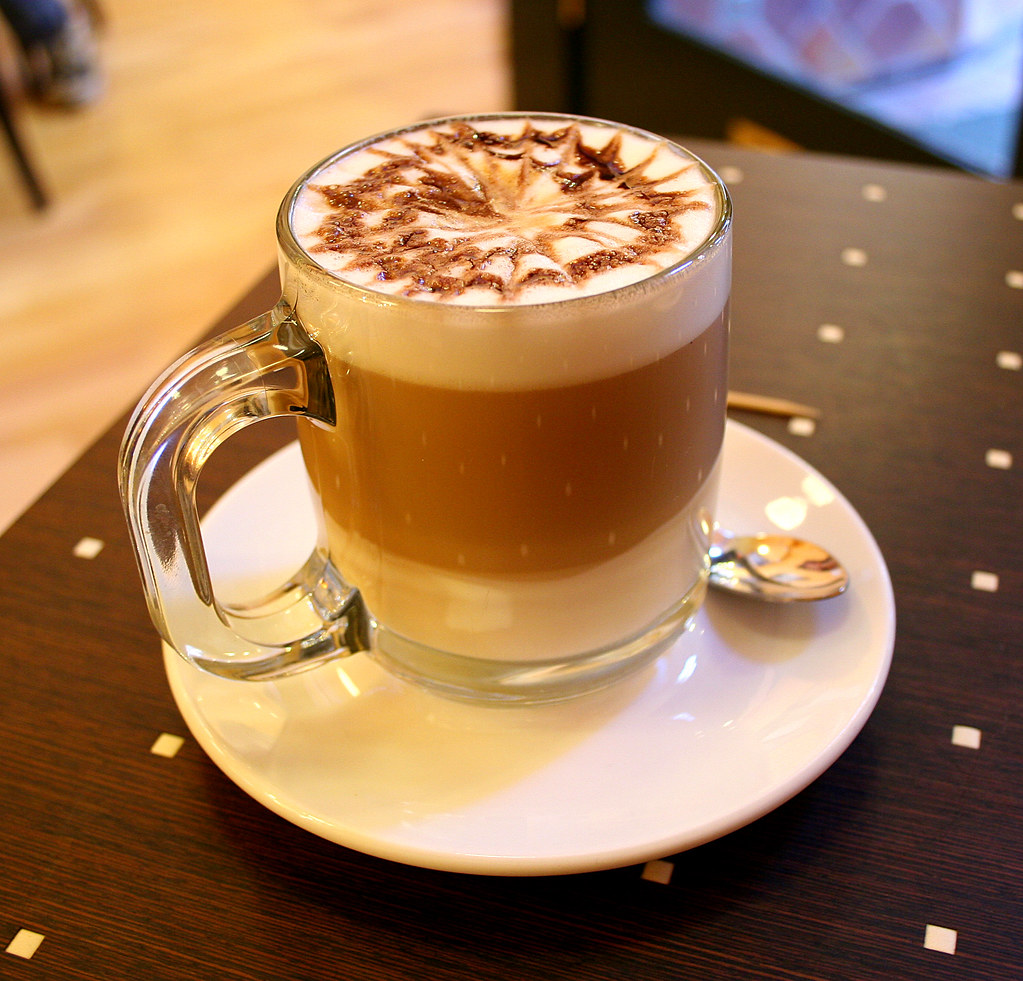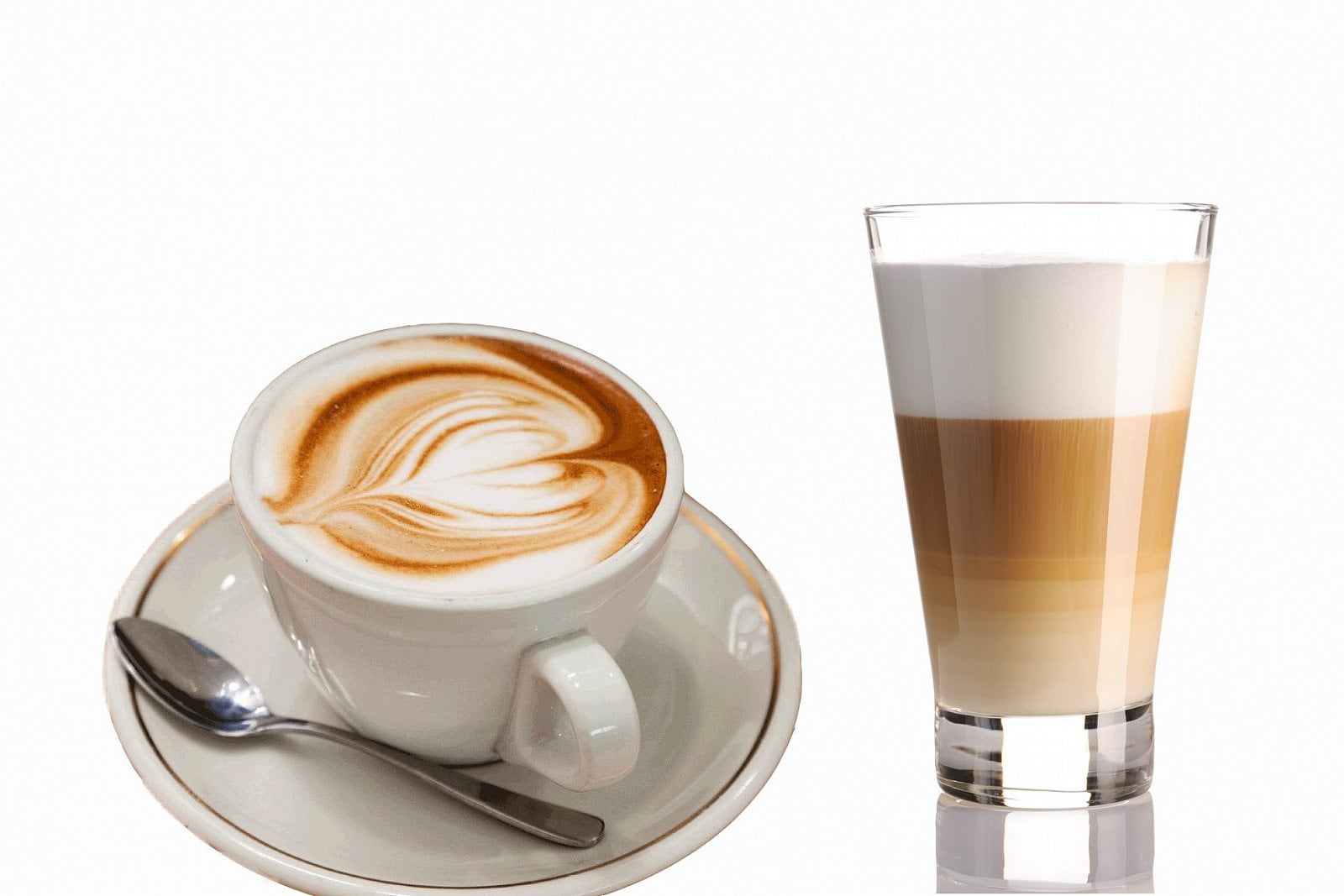

Melange or café au lait was introduced in Austrian coffeehouses around 1850.Īccording to the Oxford English Dictionary, the term caffè e latte was first used in English in 1867 by William Dean Howells in his essay "Italian Journeys". Public cafés in Europe and the USA seem to have no mention of the terms until the twentieth century, although Kapuziner is mentioned in Austrian coffee houses in Vienna and Trieste in the second half of 1700s as "coffee with cream, spices, and sugar" (being the origin of the Italian cappuccino). Caffè e latte, Milchkaffee, café au lait, and café con leche are domestic terms of traditional ways of drinking coffee, usually as part of breakfast in the home. Coffee was first mentioned in European texts in 1575 in the Aromatum et simplicium aliquot medica-mentorum apud Indos nascientum historia of Charles de l'Ecluse. The Turks were also responsible for introducing coffee to Vienna, Austria in 1529. In France, cafè latte is from the original name of the beverage (caffè latte) a combination of espresso and steamed milk equivalent to a "latte" is in French called un crème ( un grand crème using cream instead of milk) and in German Milchkaffee.Ĭoffee, which was adopted from the Ottoman Empire, and milk have been part of European cuisine since the seventeenth century.Ĭoffee was introduced to Europe by the Ottoman (Turkish) Empire during the invasion of Hungary in 1526. In northern Europe and Scandinavia, the term café au lait has traditionally been used for the combination of espresso and milk. The term comes from the Italian caffellatte or caffè latte, from caffè e latte, literally "coffee and milk" in English orthography either or both words sometimes have an accent on the final e (a hyperforeignism in the case of * latté, or to indicate it is pronounced, not the more-common silent final e of English). Variants include the chocolate-flavored mocha or replacing the coffee with another beverage base such as masala chai (spiced Indian tea), mate, matcha, turmeric or rooibos alternatives to milk, such as soy milk or almond milk, are also used. CappuccinoĬappuccino is by far the most famous and most recognisable preparation, but it is also the most difficult because, in order to obtain a perfect milk cream, you need good dexterity and a perfect knowledge of the raw materials.Ī perfect cappuccino, which you can also make at home, consists of 125 ml of milk and 25 ml of coffee with plenty of milk cream that must be compact and shiny and served in a low, wide cup.Ĭappuccino lately is subject to ‘Latte art’ or the new fashion of making decorated cappuccinos using the colour of milk and coffee.Īs you may have guessed, at the base of all these drinks is coffee, which must be of excellent quality to enhance the various preparations.Caffè latte ( Italian: ), often shortened to just latte ( / ˈ l ɑː t eɪ, ˈ l æ t eɪ/) in English, is a coffee drink of Italian origin made with espresso and steamed milk. Often this drink is confused with latte macchiato and vice versa and is basically considered the same as cappuccino, with the only difference being that it has no foam. Today it is consumed almost all over the world: the French call it cafe au lait, the Spanish cafe con leche. This drink has a history of its own, with roots in the tradition of many Italian regions. The presence of espresso coffee is only hinted at: no more than 5% of the milk, served hot.


Latte macchiato is served in a tall glass, such as a tumbler or a similar glass, that can appreciate in all their splendour the three layers of which this preparation is composed: the lowest, predominantly milk part, the middle part, progressively mixed with coffee, and finally the creamy milk part. The main characteristics that distinguish the cappuccino from the other two breakfast drinks are the percentage of coffee and milk present and the foam.Ĭaffelatte, latte macchiato, cappuccino: what’s the difference? Latte macchiato Wrong! In reality, they are very different drinks. These three preparations are often confused, thinking that they are identical and that the different name is just a fad. In this article, we want to talk about the differences between caffelatte, latte macchiato and cappuccino. Milk and coffee are the main ingredients of almost every Italian’s breakfast and are used in the preparation of many popular drinks throughout the country.


 0 kommentar(er)
0 kommentar(er)
